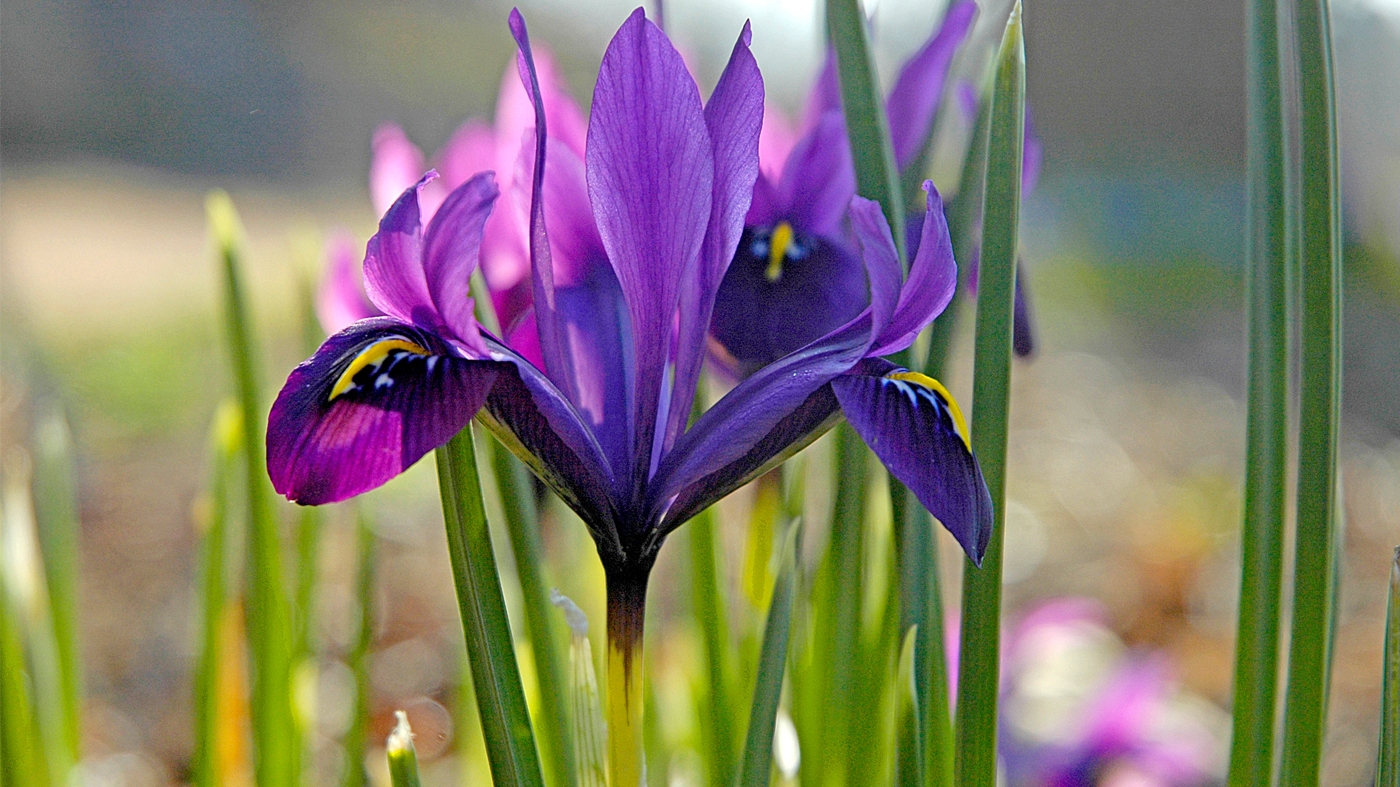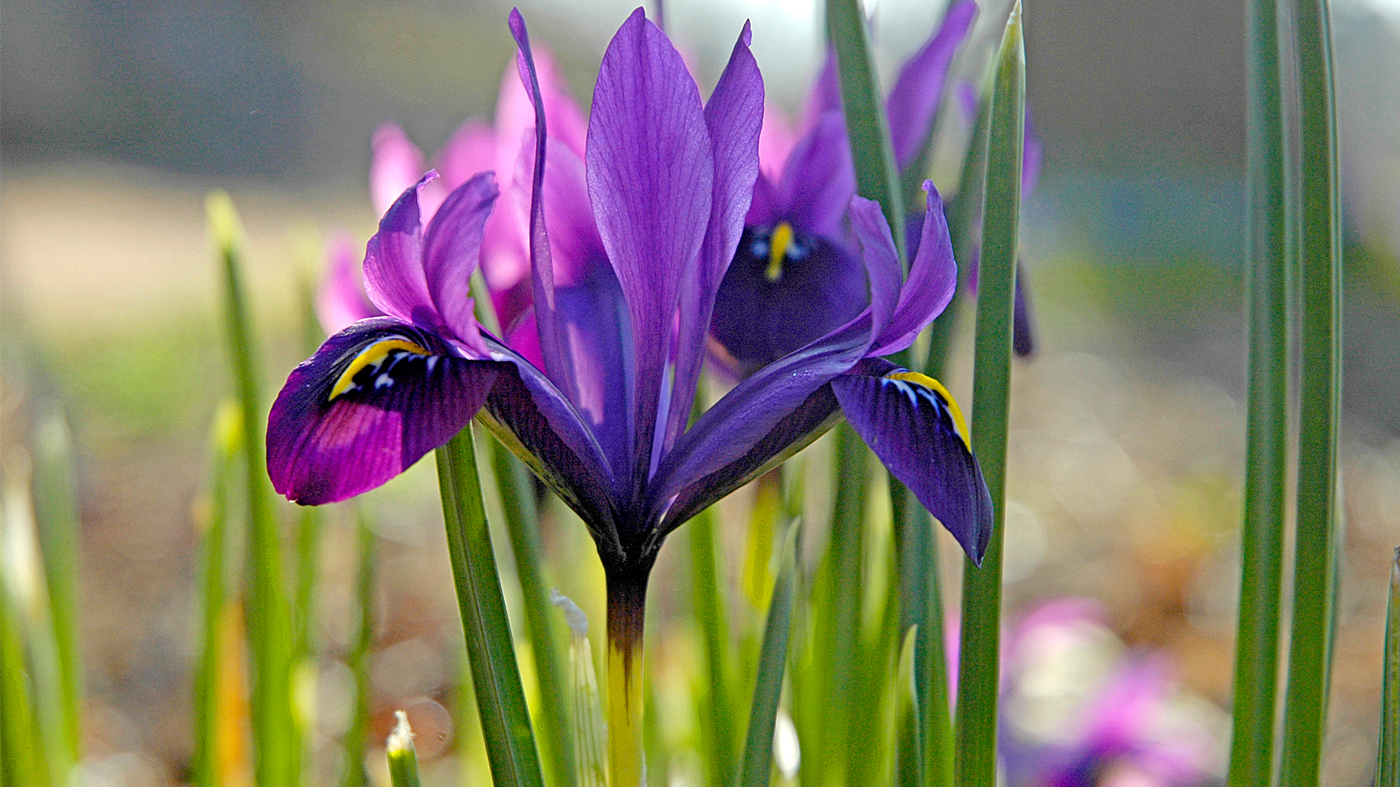Java Scores a Second Bloom
Java also known as a titan arum, grew to 7 feet tall–our tallest corpse flower ever.
Will Java be pollinated?
Yes. Our experts pollinated Java, using pollen from another corpse flower known as the Velvet Queen. The pollen was donated to the Garden by Eastern Illinois University after the Velvet Queen had a glorious bloom last spring, revealing a vivid, lavender-colored spathe, or frilly modified leaf that surrounds the central flower spike. Once pollinated, corpse flower eventually produce seeds. The seeds of the fruit can be planted to produce a new corm, or giant underground tuber. When a corm is grown from seed, it can take ten years or so to reach the size and store the energy necessary to support a bloom.
What is Java’s background?
You might remember our giddy news in mid-2017: "We’ve got twins." Two corpse flowers, Java and Sumatra—both of which came from the same parent plant—went on bloom watch at the same time. Java bloomed first on May 30 and was one of our biggest corpse flowers ever at 81 inches tall. Sumatra bloomed on June 1 and we pollinated it. The plant’s fruit ripened over the next several months. and we harvested it for distribution and seed banking. It went dormant and then produced a normal-sized leaf, which we think will soon begin to senesce. As expected, the act of fruiting delayed dormancy (the fruit took four to five months to ripen and depleted the corm of energy) so the Titan Twins are no longer in synch.
We did not pollinate Java, and it quickly went dormant after flowering. After four or so months of dormancy, it produced a spectacular massive leaf, easily the largest we have seen here. When it finally went dormant, we weighed the corm at 190 pounds, which was by far the heaviest we’ve had. The massive leaf had done its job very well. We had to build a larger box to hold the corm. After a normal dormancy period, it started the current reproductive cycle.
Why were the twins named Java and Sumatra?
The names are meant to honor their origins. Titan arums are native to the equatorial rainforests in Sumatra, Indonesia; Java and Sumatra are both islands of Indonesia.
What has been happening with Java since that glorious bloom two years ago?
We moved Java to the production greenhouse. Since then, Java has been collecting energy from the sun to begin another bloom cycle—and here we are.
Didn’t you just have a corpse flower in bloom?
Yep. Spike bloomed in April 2018 and was 82 inches tall—our tallest corpse flower on record.
How often do these plants bloom?
A corpse flower in bloom is rare, both in the wild and in the world of horticulture. At botanic gardens and arboreta around the world, titan arums have only recently been coaxed into bloom after ten or more years of careful cultivation. The Garden began collecting titan arums in 2003 as part of worldwide conservation effort to preserve the species. Many of our titans were acquired at the same time, which is why the Garden has had several of them ready to bloom in a short time period. Once plants reach maturity, they can often bloom every 2 to 5 years in both the wild and in cultivation.

